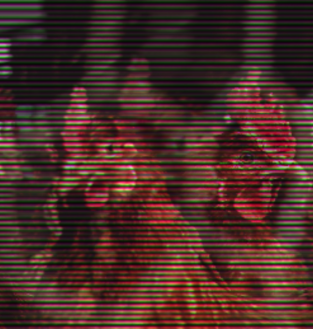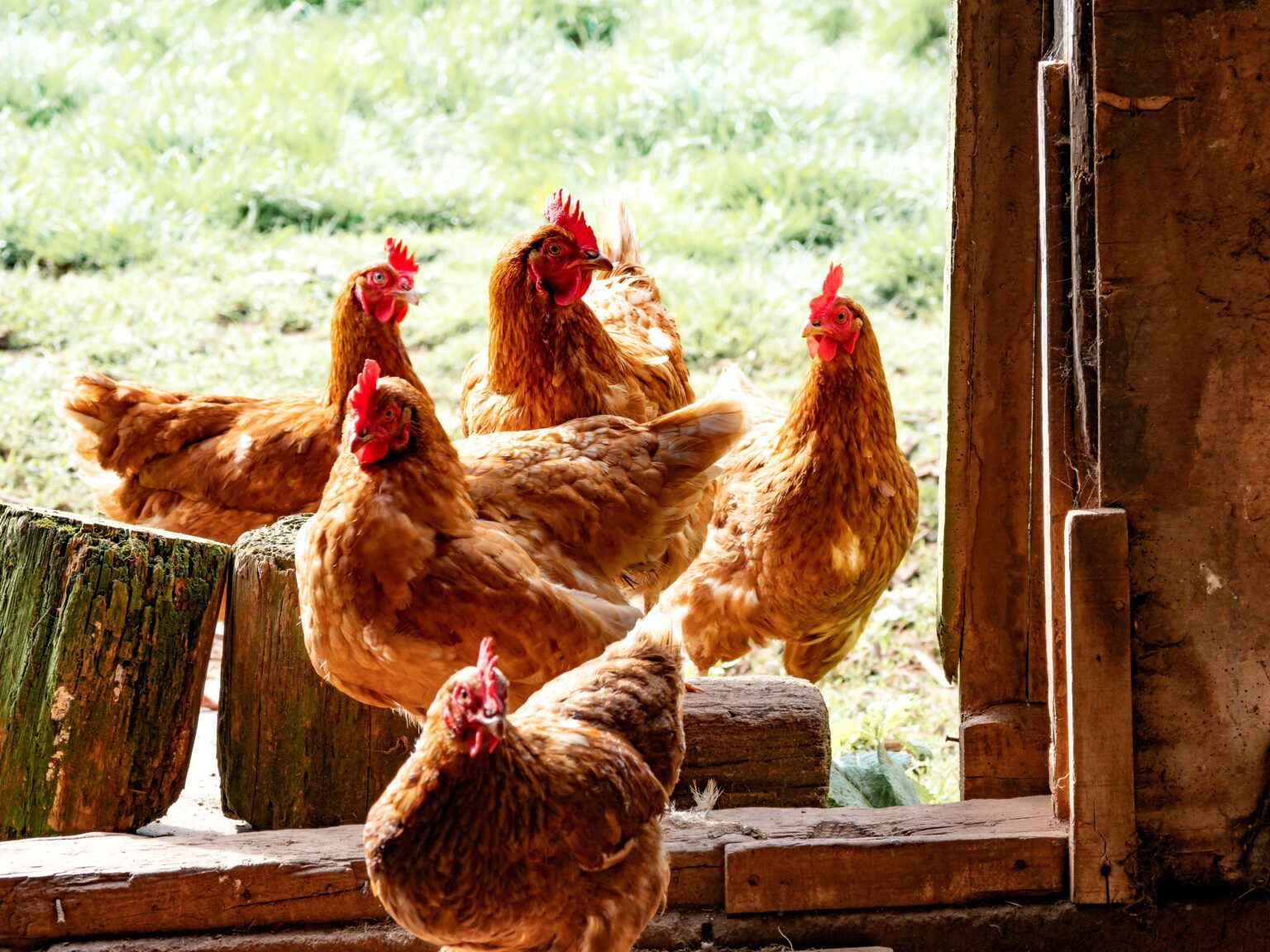In case you missed it, the winner of this year’s Material Exchange Academic Scholarship is Meg Fisher! Meg is an Australian fashion designer and creative currently studying Sustainable Fashion at Glasgow Caledonian New York College. She’s worked with hundreds of brands through her design and fashion consulting business, FIBR Studios, which supports brands in development, tech pack design, sample, and production services. Keep reading for Meg’s winning blog post here!
“The truth does not change according to our ability to stomach it”
-Flannery O’Connor

Sometime in the 2000s, chickens and their welfare began to have more visibility than garment workers in the fashion industry. Animal welfare affecting the consumer’s willingness to pay has shaped the behavior and policy of the food industry; the fashion industry cannot say the same. No life on this planet – whether chicken, human, or other – is of more or less value than another, and the regulations around the lives of our feathered friends should be applauded. But those protecting our own species need to catch up.
As a key stakeholder in the fashion industry, the consumer holds the power to change the way businesses and fashion supply chains operate. Yet, the lack of transparency and misinformation through greenwashing has meant that the human labor element of the purchase does not exist in the consumer’s awareness set. Change can happen when terms are created to define these labor circumstances – and are legally required to be shown on a garment. This radical yet logical step is a way to hold both brands and consumers accountable for contributing to the continuation of unethical labor in the fashion industry.
Terms such as “free-range” and “caged” provide a clear picture to the consumer of how chickens’ eggs are produced. Legal policy ensures that farmers adhere to the claims they put forth for their product. To take it a step further, this information is required to be visible on all packaging of eggs and their price is a direct reflection of how the product is sourced. Each time a consumer goes to purchase eggs in the supermarket, they face an ethical dilemma and are forced to purchase eggs depending on how well they can afford them as well as “stomach” the realities of how the eggs were created.
Animal welfare affecting the consumer’s willingness to pay has shaped the behavior and policy of the food industry; the fashion industry cannot say the same.
Transparency of labor conditions in the textile supply chain is needed now; how we convey this information is vital in ensuring that a “fully” sustainable fashion industry is possible in the future. Taking action, with inspiration from the food industry, can create an industry-wide framework where brands must firstly assess the labor conditions in their supply chain and then reflect this to the public.
It is likely brands will improve the conditions of labor in order to be given the fashion equivalent of “free-range.” This is especially relevant in the luxury sector which is notoriously known for a lack of transparency. Instead of using terms such as “BCI Cotton” or “RWS Wool” (which are unclear to a consumer), a new system of grading a brand’s choice of resources across inputs such as labor, energy, and raw materials can be reworked and created to be more user friendly.
A comparison of human capital to poultry is a harsh reality; but so are the conditions of “physical and sexual harassment, child labor, sweatshop conditions, and low wages.” We know that real change must alter the “structure” of the current business model and the way consumers shop. Transparency and a new scale of measure is an integral step to humanizing the fashion industry and giving consumers the power to influence change when purchasing their next “caged” or “free-range” T-shirt.
Related content
Want to chat?
We’d love to hear from you. Reach out to see how we could work together.





